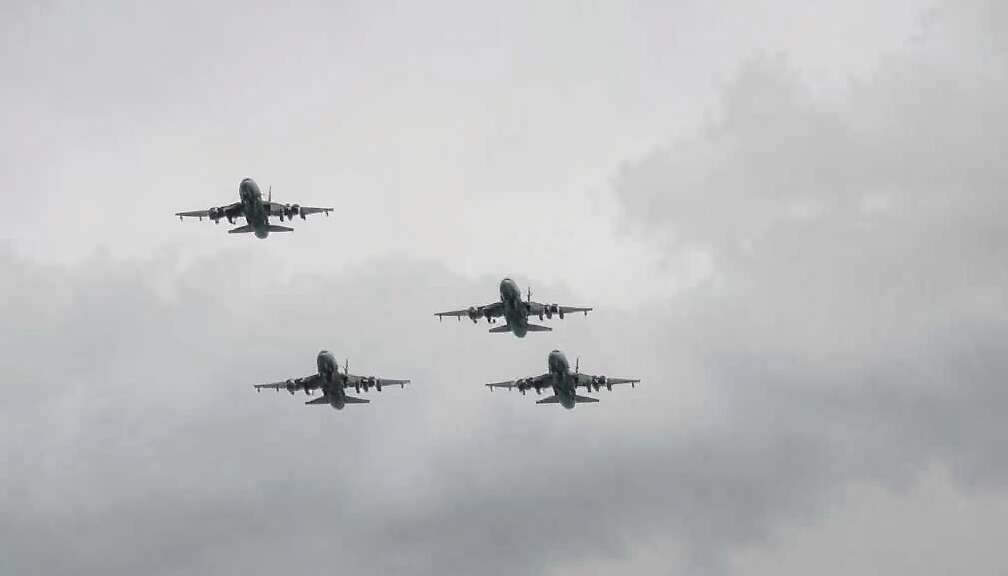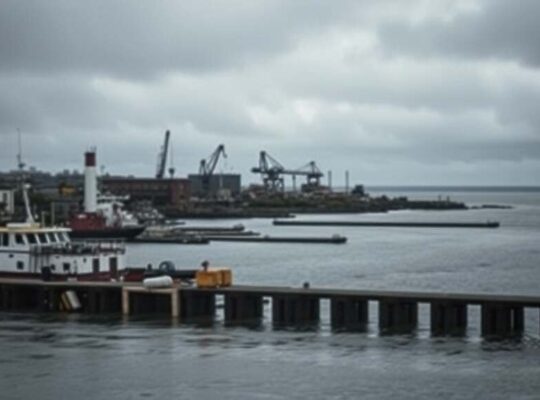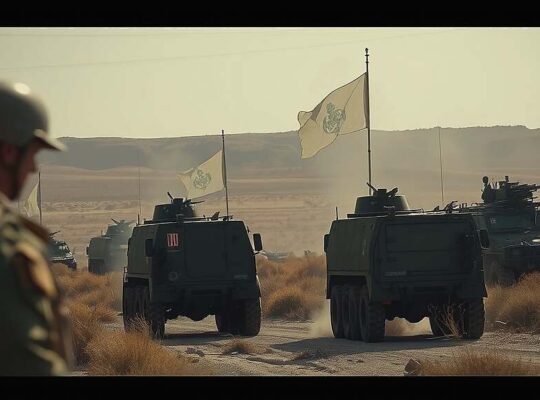Lithuania Accuses Russia of Airspace Violation, Escalating Baltic Tensions
Lithuanian armed forces reported a deliberate airspace violation on Thursday by two Russian aircraft originating from the Kaliningrad region, an incident underscoring the ongoing geopolitical tensions in the Baltic Sea region. The incursion, occurring around 18:00 local time, involved a Sukhoi Su-30 multipurpose combat aircraft and an Ilyushin IL-78 tanker aircraft, prompting a swift response from NATO forces.
According to Lithuanian military officials, the aircraft penetrated approximately 700 meters into Lithuanian territory near the city of Kybartai before receding. The Su-30, a versatile two-seater capable of both combat and long-range interception missions, raises concerns about the potential intent behind the maneuver. The presence of an IL-78 tanker suggests possible coordinated exercises, potentially involving in-flight refueling, adding a layer of complexity and raising questions about Russia’s objectives.
The incident prompted the rapid deployment of two Spanish Eurofighter Typhoon aircraft, which were already engaged in a NATO airspace monitoring mission. These Typhoons were redirected to the location and subsequently conducted additional patrols in the area. While NATO has consistently maintained its commitment to defending the airspace of its Baltic members, the repeated incursions highlight the persistent challenge posed by Russia’s increasingly assertive military posture.
This latest violation is not an isolated event. Estonia reported similar incursions by Russian fighter jets in September and earlier this year, further airspace infringements occurred. Analysts suggest these actions are likely designed to probe NATO’s resolve, test response times and potentially signal a broader message of intimidation in a region already fraught with geopolitical vulnerabilities. The lack of immediate public explanation from Moscow further fuels suspicion and reinforces anxieties among Baltic states, placing renewed pressure on NATO to maintain a robust and demonstrably effective deterrent. Critics argue that while NATO’s response has been consistent, the frequency of these incidents demands a deeper analysis of Russia’s strategic goals and consideration of measures beyond reactive air patrols.












